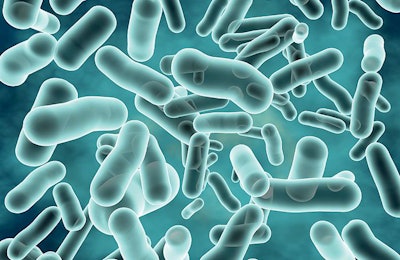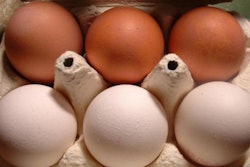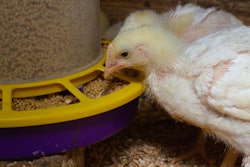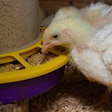
A recent poll indicates more than 50% of users prefer probiotics and prebiotics
After my blog on additives and dirty eggs last week, I decided to address my network of contacts at LinkedIn with a similar question. There, more than 2,200 animal nutrition and health professionals were asked in a poll to pick the additive that is most likely to reduce the incidence of dirty eggs in layers. The options and voting results were as follows:
- NSP enzymes: 37%
- Probiotics (Bacillus): 34%
- Prebiotics (FOS): 19%
- Corn: 10%
It is obvious that most professionals consider increased gut viscidity caused by the presence of cereal non-starch polysaccharides (NSP) as the main problem regarding dirty eggs. This is explained by the highest result obtained by NSP enzymes. Apparently, these enzymes as not 100% effective against this problem, if only because cereals contain more than the two major NSP such enzymes customarily attack.
Then, to my surprise, a large number of professionals picked probiotics – of Bacillus origin – as another measure against dirty eggs. Apparently, they have had good results with this measure. Here, we need to remind ourselves that Bifidus bacteria in the gut (and most of the exogenous Bacillus products) produce a plethora of NSP enzymes. Hence, the same effect (presumably) as with exogenous enzymes only with a greater coverage.
Finally, a substantial number of professionals recognize the importance of feeding natural microbiota (the Bifidus bacteria mentioned above) with fructooligosaccharides (FOS) so they can produce the NSP enzyme. Again, the same end result, only done even more naturally, albeit indirectly for us.
That some prefer to use corn instead of other cereals only strengthens the notion that NSP remain the No. 1 causative effect of dirty eggs. Plus, additives are not the only measure against this perennial problem.
All in all, it is apparent that modern nutritional thinking places a great deal of importance in gut health for layers. If we combine the results of probiotics and prebiotics (more than 50%) we conclude that the trend is toward supporting natural microbiota.

















